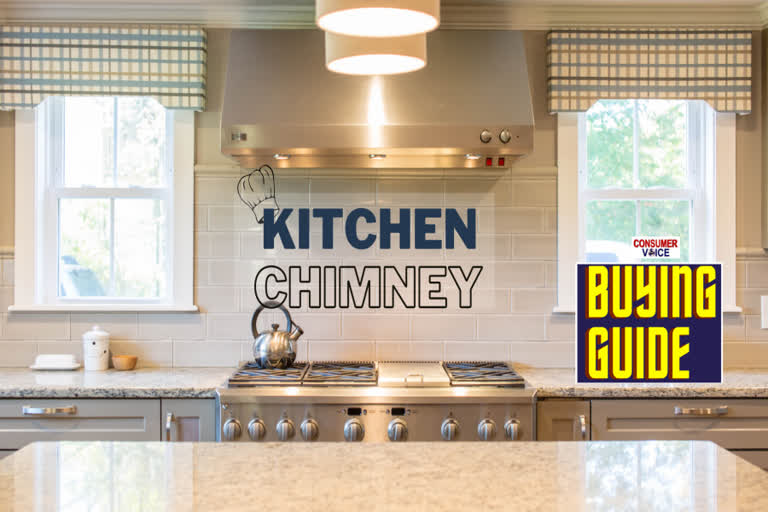Consumer VOICE, Delhi: All that smoke is not good! And to come to your rescue, kitchen chimney is almost an essential item in modern day Indian kitchens. Not only the smoke but the oil and spluttering of spices on tiles and ceilings are controlled to a great extent with the chimney.

However, at a glance all chimneys look the same, but before buying one, you must ensure that it accentuates the style of your kitchen and has a good suction power and well within your budget. In order to help consumers, make an informed choice, Consumer VOICE, did a product survey of top brands and their models based on their price, warranty, type and several other features to help you choose the best one.
Things to consider before buying a kitchen chimney
Filter type
There are mainly three types of filters - Cassette/Mesh Filter, Baffle Filter and Carbon Filter. Most of the Indian chimneys have baffle filters. This is in fact, an improvement on the aluminium wire mesh filters. It is comparatively easier to maintain a baffle filter because they require cleaning once in 3 to 4 months. Mesh filters on the other hand require high maintenance. Carbon filters are used in many Indian homes as it helps in removing odour.
Size
The size of the chimney should be equal to your gas stove. Common size of the chimney is 60–90 cm.

Chimney Type
This entirely depends upon structure of your kitchen and where you built it. Based on the capabilities where you can fit, a kitchen chimney can be divided into three main categories in India – wall mounted, island chimney and built-in chimney.
Suction Power
Sucking smoke and grime is the primary job of the chimney. The chimney that sucks more air in shorter time is the better choice. It should have 800–1,000 m3/hour suction power.
Ducting and Ductless
Ducting chimneys (extracting chimneys) suck the air and this air is then passed through filters and meshes. Filters absorb the grime and oils and the rest of the air is passed into the environment with the help of ducts commonly known as pipes or PVC outlets.
Ductless chimneys (reducing chimneys) use a motor and a fan or blower. The absorbed fume is passed through charcoal filters which absorb the heat, odour and smoke. This air is circulated in the kitchen again.
To get the latest checklist and features that various brands are offering, grab the digital copy of Consumer VOICE magazine. (https://join.consumer-voice.org/product/october-2020/)
About Consumer VOICE
Consumer VOICE, an NGO based out of Delhi, has been working relentlessly to raise awareness amongst Indian consumers about their own Consumer Rights and the governing Consumer Laws. It also provides independent and unbiased reviews of food items, consumer durables, and financial services, and much more.
Also Read: Buy your smartphone the right way



